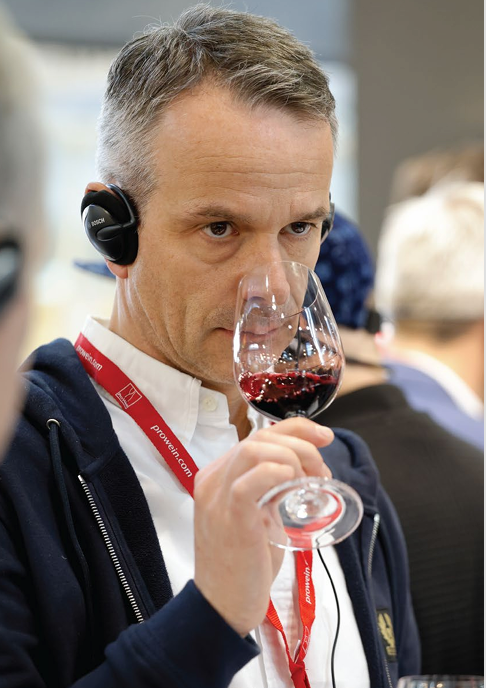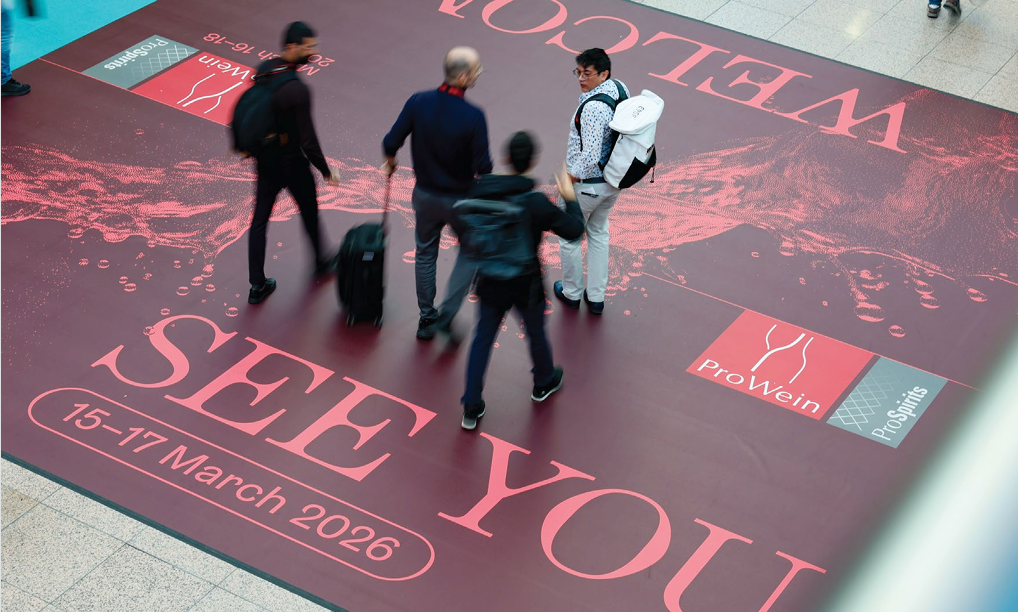
Nivedita Bhalla
in house curator (WSCI)
Wine & Spirits Club of India
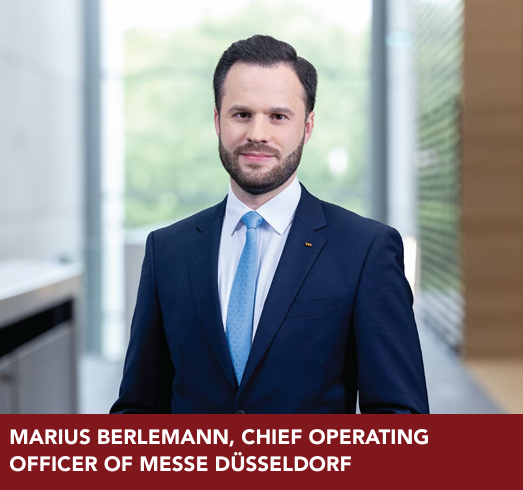
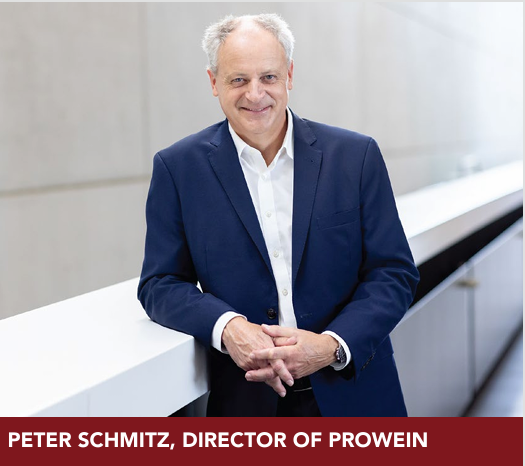
“ProWein 2025 has shown that the industry needs a strong and international platform, especially in challenging times – and that’s exactly what we have delivered. The quality of the discussions, the international diversity of exhibitors and visitors and the concrete business results clearly demonstrated the continued relevance of ProWein. More importantly, the show acted as a catalyst, bringing new ideas to the table and inspiring the industry to address current challenges and seize new opportunities. For 2026, we remain committed to strengthening ProWein’s position and, in turn, to offering our exhibitors and visitors perspectives and ways to success – even in challenging market conditions.
We are already working on new concepts and innovations. challenging market conditions. We are already working on new concepts and innovations. Our goal is clear: ProWein will continue to be more than just a trade fair – it will be the strategic meeting place for shaping the future of the global wine and spirits industry.”
Germany: Focus on Pinto
Germany’s presentation at ProWein 2025 demonstrated strategic repositioning, showing respect for its Riesling-dominant past while embracing changing consumer tastes. Organized by the German Wine Institute (DWI), the national pavilion presented a story of development, creativity, and focused marketing that places Germany among Europe’s most adaptable wine-producing countries.
The effort to highlight Germany’s growing white Pinot range was central to their exhibition this year. While Riesling remains at the heart of German wine identity, white Pinots (including Pinot Blanc and Pinot Gris) have gained much attention. White Pinots covered under 6 percent of German vineyards in 2000. Showing clear growth, that number had risen to 17 percent by 2023. For Pinot Gris, Germany currently ranks third globally and is the world’s top Pinot Blanc producer. Even Chardonnay, relatively new to German vineyards, has grown to almost 3,000 hectares, confirming a nationwide shift toward more grape varieties and global relevance. a nationwide shift toward more grape varieties and global relevance.
The German Wine Institute turned Hall 1, Stand C110 into a special presentation of the “Burgunderwunder” at ProWein 2025. About 20 excellent white Pinot wines were carefully chosen from Germany’s 13 wine regions for tasting. These were not just poured – they were evaluated, appreciated, and presented to highlight the regional characteristics and varietal depth that define current German wine.
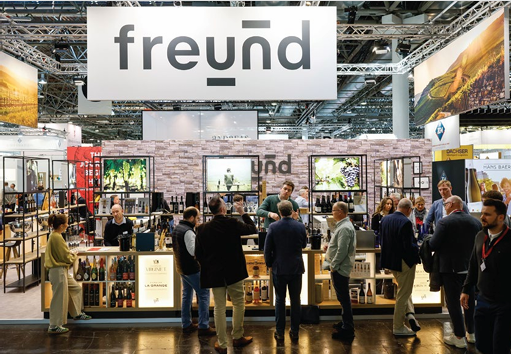
Beyond the fair, DWI organized post-ProWein study trips through Germany’s diverse wine regions, strengthening the hands-on aspect of German wine education. The pavilion also functioned as a meeting place where international buyers, sommeliers, and media experts invited by DWI and Messe Düsseldorf gathered.
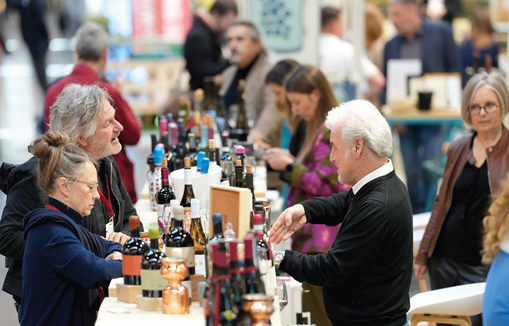
“For us, ProWein was once again a successful trade fair and met our expectations of being an international leading event in the wine sector. Our new bag-in-box products, along with other offerings, were optimally presented to the relevant target groups,” — Hagen Rüdlin, Managing Director, Markgräfler Winzer EG
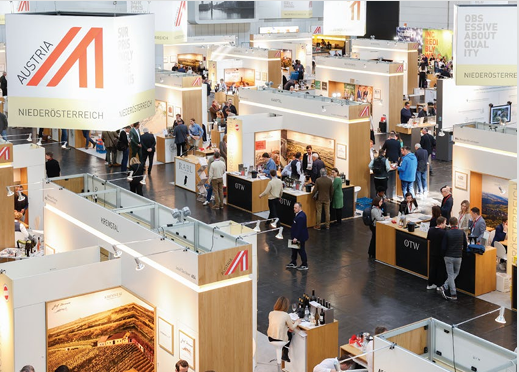
With strong attendance at ProWein 2025, Austria’s participation was both intentional in implementation and high in numbers, highlighting the nation’s long-standing emphasis on precision, provenance, and placement. The pavilion, arranged by the Austrian Wine Marketing Board (AWMB), brought together 189 wineries offering over 2,000 wines – making it the most intense national exhibit at the exhibition. Still, what distinguished Austria this year was more than just quantity; it was the careful curation and sophisticated educational materials designed for both seasoned industry practitioners and casual trade visitors.
Easily accessible and deliberately placed, the pavilion provided a wide view of Austria’s terroir-diverse wine scene. The exhibit emphasized Austria’s obvious excellence in white varietals including Grüner Veltliner, Riesling, and Sauvignon Blanc; it also devoted attention to reds like Blaufränkisch and Zweigelt and to lesser-known treasures such as Rotgipfler and Zierfandler, representing regions from Wachau and Kamptal to Styria and Burgenland. What set this year’s exhibition apart was the organized inclusion of PIWI (fungus-resistant) varieties, a tribute to Austria’s leadership in sustainable viticulture practice.
The Austrian presence was noted for offering 14 masterclasses ranging from basic tutorials to in-depth explorations of DAC (Districtus Austriae Controllatus) systems and marketing strategieds. Guided by Austrian Masters of Wine and local specialists, these workshops provided insights on how Austria continues improving its appellation system, enhancing the value of vintage transparency and vineyard-specific expressions. Complementing these, a walkaround tasting area allowed intuitive exploration of taste profiles and varietals, giving experts direct experience of the country’s evolving wine character.
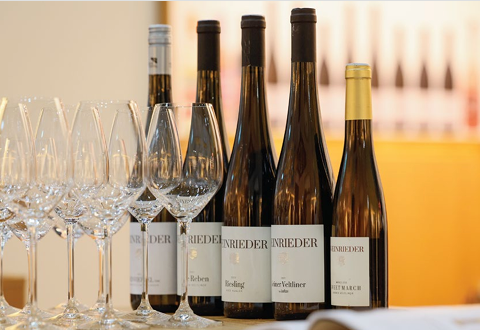
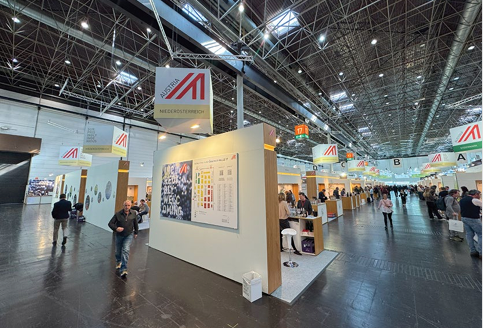
“This year, 189 Austrian wineries presented 2,000 wines at ProWein Düsseldorf. On top, we organized 14 in-depth masterclasses and a special tasting area at the Austrian Wine booth. Even though the number of visitors was noticeably lower than previous ProWein editions, the quality of the visitors was very good. Many of our winegrowers were satisfied with their business appointments at the fair.
In the future, it is likely that there will be an even greater differentiation between which wineries and trade visitors will attend ProWein and which will attend other trade fairs. This also depends on which export markets a winery wishes to serve. For the German export market – still by far the most important for Austria – ProWein Düsseldorf is and remains the most important wine fair. Therefore, we will continue to cooperate with ProWein in the future and be present there together with our winemakers,” — Chris Yorke, CEO, Austrian Wine
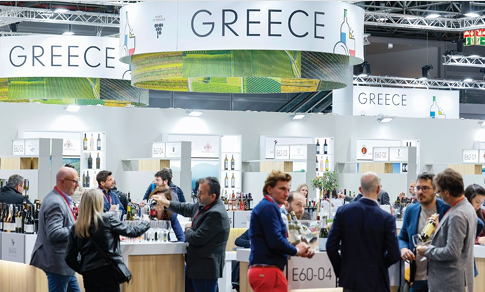
Coordinated by Enterprise Greece, the Greek pavilion at ProWein 2025 gave visitors a meticulously selected and academically enriched experience of the nation’s wine history, current developments, and emerging makers. The exhibit included a free tasting area (B130) with over 100 wines systematically organized to highlight important varietals and regional styles providing experienced experts as well as novices with a methodical, yet sensorially compelling experience.
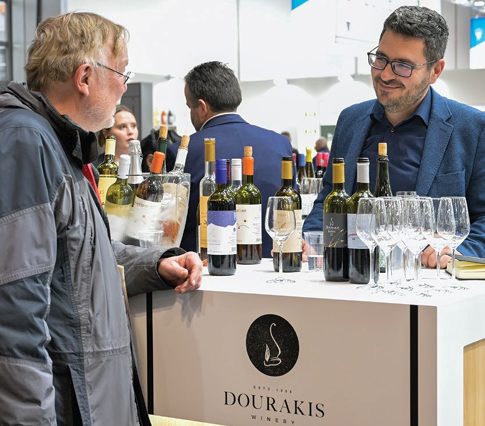
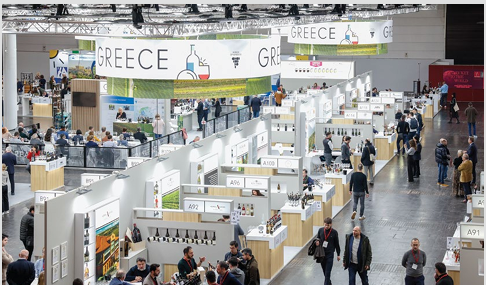
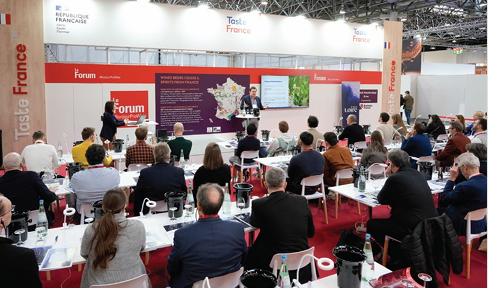
Spanning Halls 5, 7.0, and 10, the Business France pavilion at ProWein 2025 reaffirmed its position as one of the largest and most prominent national showcases at the exhibition. Uniting a wide range of French viticultural and artisanal history from small-batch distillers of cider, craft beer, and top spirits to world-renowned regions like Bordeaux and Champagne, the show featured more than 375 exhibitors. Through Business France’s centralized support, these exhibitors received networking, logistical, and promotional resources designed to enhance their international visibility and competitiveness.
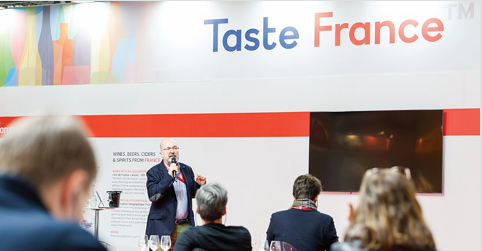
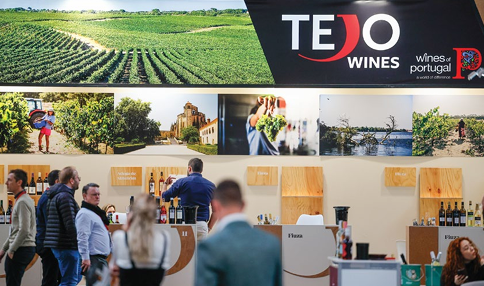
Wines of Portugal returned to ProWein 2025 with a compelling, design-forward presence that reinforced the nation’s reputation as one of Europe’s most varied and forward-thinking wine producers. This year’s Hall 9 exhibit, organized by ViniPortugal, the national wine promotion board, marked a fresh starting point in how Portuguese wine is presented at exhibitions. Portugal provided an immersive, visitor-centered display with a completely new stand idea created in partnership with the ProWein team that raised both product visibility and narrative.
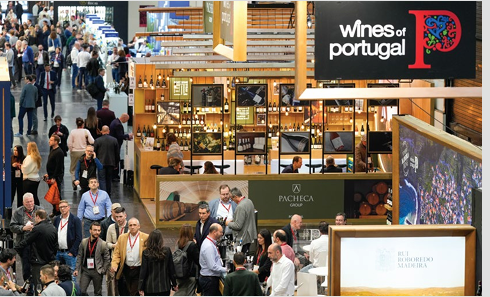
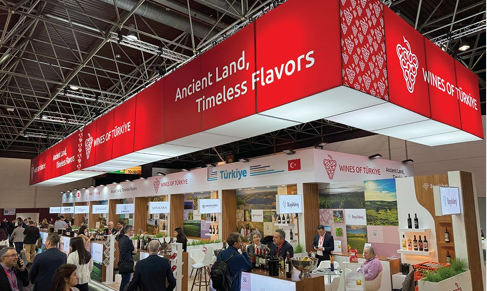
The Wines of Türkiye pavilion at ProWein 2025 featured among the most culturally rich and forward-thinking exhibits at the event. The pavilion presented Türkiye not only as a wine-producing country but also as the birthplace of viticulture, with a history of winemaking spanning several thousand years, under the title “Ancient Land, Timeless Flavors”.
Among the most active producers present were Doluca, Suvla, Kavaklıdere, Vinkara, and Paşaeli; each with wines made from native grapes including Narince, Emir, Kalecik Karası, Öküzgözü, and Boğazkere. These were not merely displayed for their novelty value but also as market-ready bottles with global potential, combing native character with contemporary winemaking techniques.
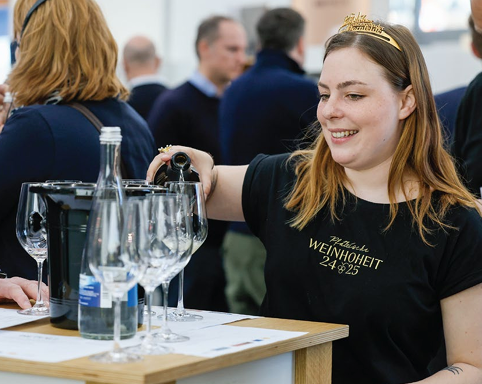
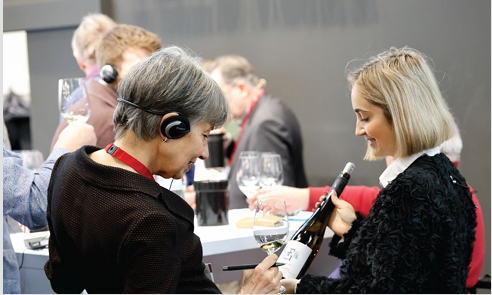
“We value ProWein as an established trade fair
and were once again as successful this year as
we were in 2024.
